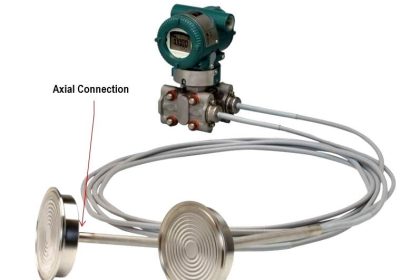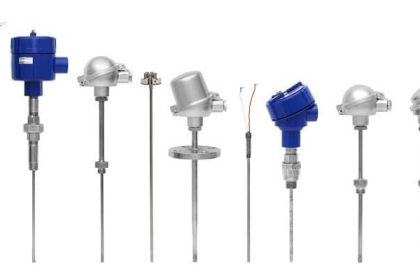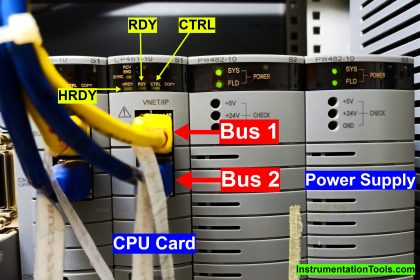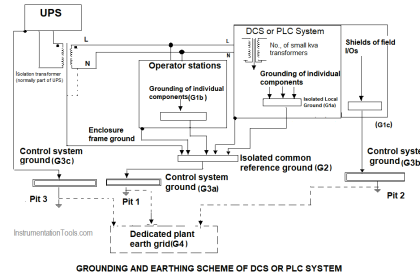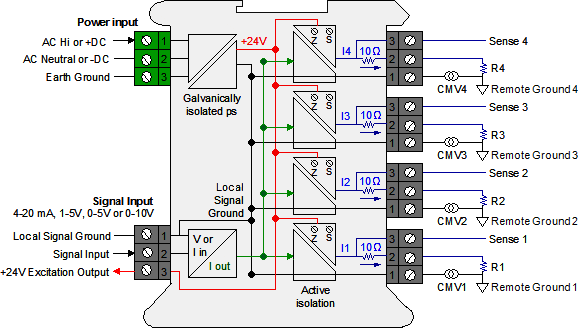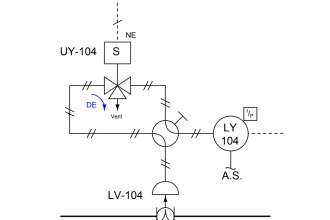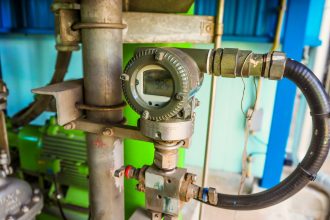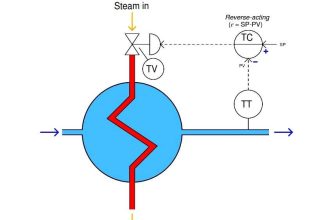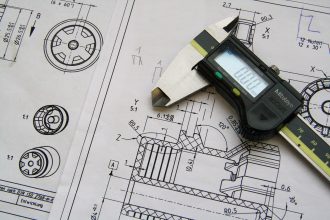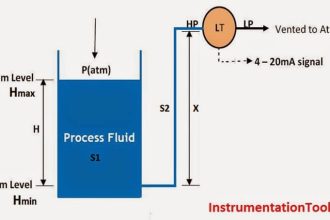Process Control Systems Philosophy is one of the most important concepts that has essential effects on Instrumentation & Control (I&C)-Team activities further to Plant Operation Performances and any Required Future Modifications. In this article, we try to be familiar with such a concept.
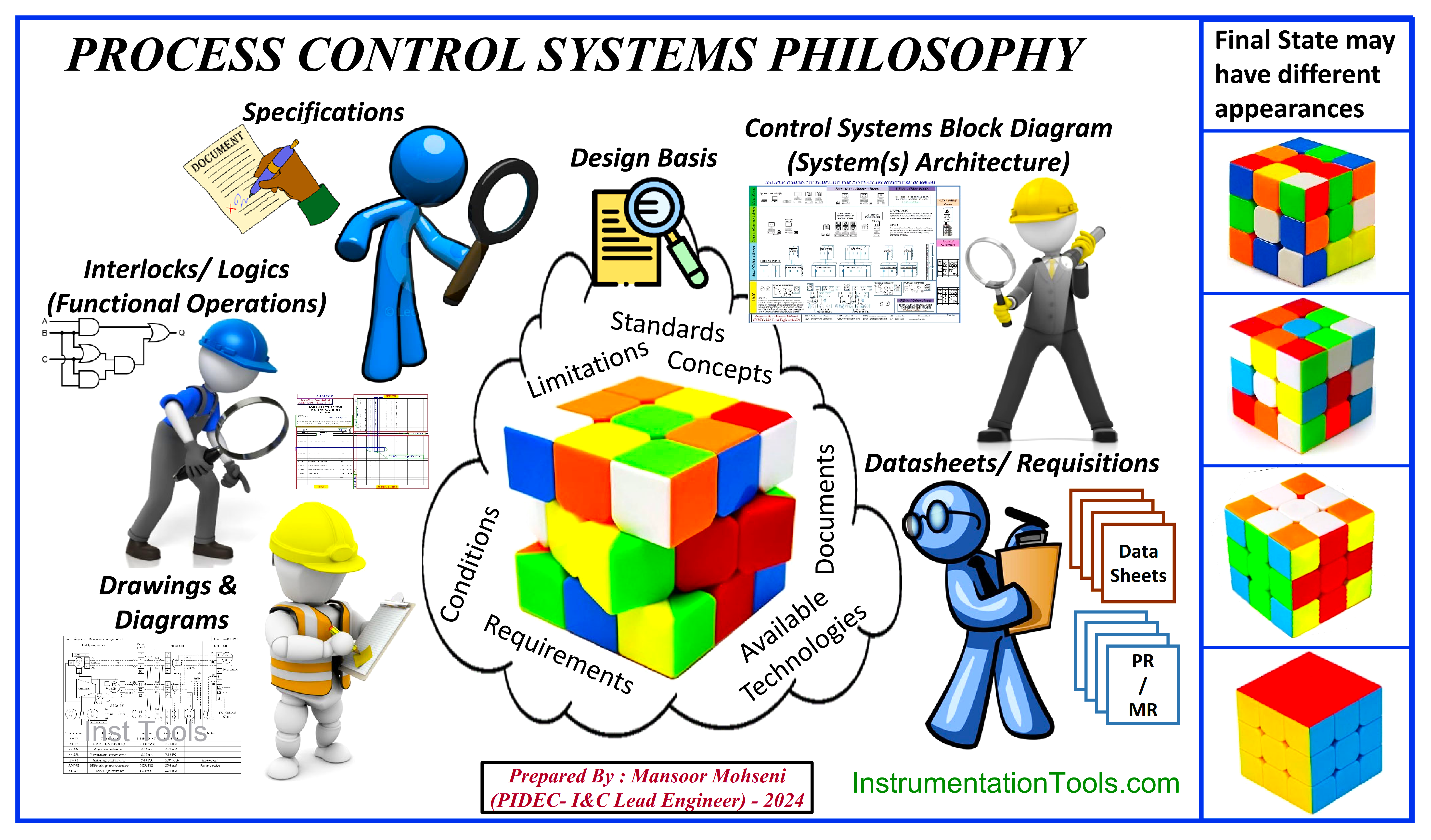
Figure-1: Process Control Systems Philosophy is one of the most important concepts that have essential effects on I&C-Team activities and Plant Operation Performances and any Future Required Modifications.
Different Projects’ Outputs on the Same Subject
By reviewing the daily news we can see every day too many industrial process plant projects are started for design & construction or get ready for normal operations or continuing their daily productions, but if we take more focus on different cases, we can find that usually the outputs of such projects are not equal on the same subject. Why?
Simply we can say that the mentioned differences are mainly raised due to the level of Regulate/ Discipline-wise activities and also Commitment/ Guaranteed-Promissory of all involved persons/ positions (/stakeholders), during the Design & Construction and Operation & Maintenance phases of the Industrial Project.
Of course, these two mentioned items during the Design & Construction phase may have long-term effects too, which are continued during the Operation & Maintenance Phase.
The Process Control Systems Philosophy concept is one of the most important items during the Design & Construction phase and their effects will be continued in the Operation phase too. Before studying such effects let us see the project output concerns in Industrial Process Plant Project.
Different Process Plants’ Operation Performances
Process Plant project output during Operation may be classified into 3 main cases:
- Smooth (approximately Fixed or Stable)
- Semi Continuous (Semi Stable or Conditional)
- With Rapid Transitions (Unstable)
These 3 cases may appear from Very Low to Very High performances as shown in Figure-2.
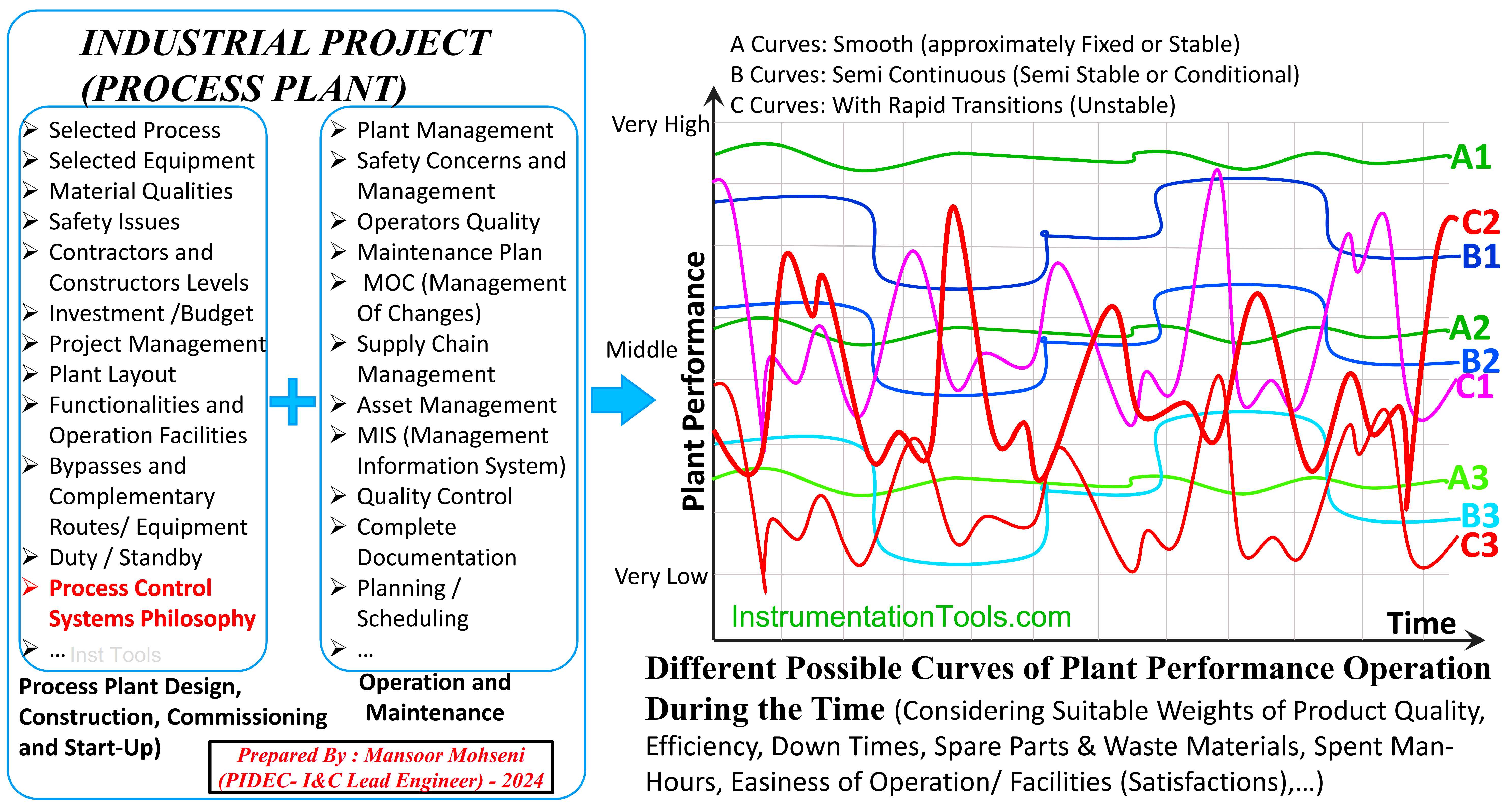
Figure-2: Different Possible Curves of Plant Performance Operation During the Time with a list of some main effective factors
Different possible curves of Plant Performance Operation during the time are shown in Figure-2 as resulting project outputs with considering suitable weights of Product Quality, Efficiency, Down Times, Spare Parts & Waste Materials, Spent Rate of Man-Hours, Easiness of Operations/ Facilities (Satisfactions), and some other possible factors.
In Figure-2, the A-Curves may be considered as best curves in three levels (low, middle, and high) since the plant outputs are approximately fixed with little transitions (well predictable output).
On the contrary, the C-Curves may be considered as worst curves in three levels since the plant outputs have rapid transitions (and so cannot usually classified as identified level of performance) and simply we can say the plant output is not predictable.
On the other hand, B-Curves can be defined between best and worst cases and we can say the plant output is partially stable but may have valuable transitions due to occurrences of some conditions.
Regardless of the type of project output curve, the end user (/owner) of the plant target will surely minimize the level of the transition (amplitude and frequency) by increasing the average output performance to the maximum available (/possible) level, by doing some compensation activities. Sometimes such tries may not reach good results due to some real limitations (which may be the effects of bad design or construction activities).
However, Figure-2 also shows some of the possible factors that may affect the two mentioned phases of the Process Plant Project (i.e. Design & Construction and Operation & Maintenance). As it is clear and mentioned the Process Control Systems Philosophy is one of the essential concepts.
Process Control Systems Philosophy
Process Control Systems Philosophy is a conceptual phrase for describing the hidden & apparent rules and settings applicable to whole Control & Safety Systems (Hardware & Software) and Instrumentations that exist in the Process Plant and expected Signal Interfacings & Functional/ Operational Facilities. On the other hand, Process Control Systems Philosophy may be defined as:
“A collection set of documentary or non-apparent Outlooks/ Observations/ Attitudes, Tactics/ Policies, and Plans/ Prognosticates that specifies different parts/ blocks of control & safety systems and instrumentations existed in process plant and clarifies the reasons for selecting each items (/systems) and relevant signal interfacings further to logics and philosophies for Functional/ Operational Facilities.”
By the above definition, we can conclude that Process Control Systems Philosophy can help for defining duties and scope of works of each block (/ system) & its elements or components and identify the specifications and requirements for supplying those items and their relevant functions.
Control System Philosophy Reflections in Multiple Documents
It is very important to notice that Process Control Systems Philosophy cannot be simply reflected in just one document, but instead, it can be received through the collection of data and information in multiple items as Figure-1 shows.
In fact the Process Control Systems Philosophy can be considered as a cloud environment that includes all project requirements and conditions, and accordingly provides structured requirements (Rubik’s Cubicle inside the cloud) and I&C-Team observers can produce required documents by the suitable special view to that structure.
As Figure-1 generally shows, such documents may include: Control Systems Block Diagram (System(s) Architecture), Specifications Documents, Datasheets/ Requisitions Documents, Drawings/ Diagrams Documents, and Interlocks/ Logics (Functional Operations) Documents, further to other required documents.
It shall be noticed that each set of document types contains some faces of Process Control Systems Philosophy and a full understanding can be achieved through the complete set of documents (multiple types). However some documents will have overlap faces to each other and hence, on the case of missed information or data in any document, it may be possible to find it from (/by the help of) other documents (if the Process Control Systems Philosophy were followed by the right manner).
On the other hand, all I&C-Team documents shall be provided with the same approaches, and the overall data and information in all documents shall complete each other and in the case of repetition, they shall have the same values (or confirm each other’s). This concept can be considered as Integrity of I&C Documents.
Design Basis Document
Some may consider the Design Basis Document as a Process Control Systems Philosophy, while it shall be noticed that although such consideration may be almost true for the preliminary phase (Basic Phase) of the process plant project, but it may not be true for the following phases of the project.
This document may be completed during Detail Design Engineering phase, and may reflect most of the faces of Process Control Systems Philosophy, but still it cannot reflect the all existed faces, because some rules are not written format or apparent, and can be find just by logical overlap (investigations) of different documents and/ or information/ data.
Instrument Engineer’s Interactions with Process Control Systems Philosophy
Let us return to Figure-1 for more study. As this figure shows, the Process Control Systems Philosophy environment cloud further to the Design Basis Document includes all project needs, obstacles, and facilities such as: Requirements, Conditions, Limitations, concepts, Standards, Input Documents (such as contracts and attachments), Available Technologies, Political Conditions, and so on.
At the beginning of Detail Design Engineering such cloud environment shall be studied and reviewed by I&C-Team to establish the required philosophy structure (Rubik Cubic) and by suitable turns, configure it as the best possible structure.
In fact, in the Detail Design Engineering phase the relation between the I&C-Team and Process Control Systems Philosophy is an Interaction Relation, since as I&C-Team uses the faces of Process Control Systems Philosophy for producing required documents and doing relevant activities, at the same time they shall modify the structure based on dynamic conditions of project, by making suitable changes or modifications. The details of such interactions are explained in the reference article.
The art of Instrumentation Team is reaching the best structure for the project due to all final/ complete conditions applied to the project. As Figure-1 shows the final structure of Process Control Systems Philosophy may have different possible configurations (different examples shown as Rubik’s Cubic Configurations on the right side of the figure). Such different possible configurations will have direct effects on final Process Plant Project Outputs (Plant Operation Performances).
Control System Interfacing Model
Expert Instrumentation Specialists after gathering the required information and data for the cloud environment, shall study and investigate the project conditions for establishing the Process Control Philosophy structure.
Simply the procedure may include three steps:
- Investigating the best similar requirements for similar systems,
- Finding the best interfacing formats for matching the systems (and providing required functionalities),
- Finalizing the systems interfacing to reach the best performance (by some modifications or some deviations from preliminary assumptions). Figure-3 may show such a sequence graphically.
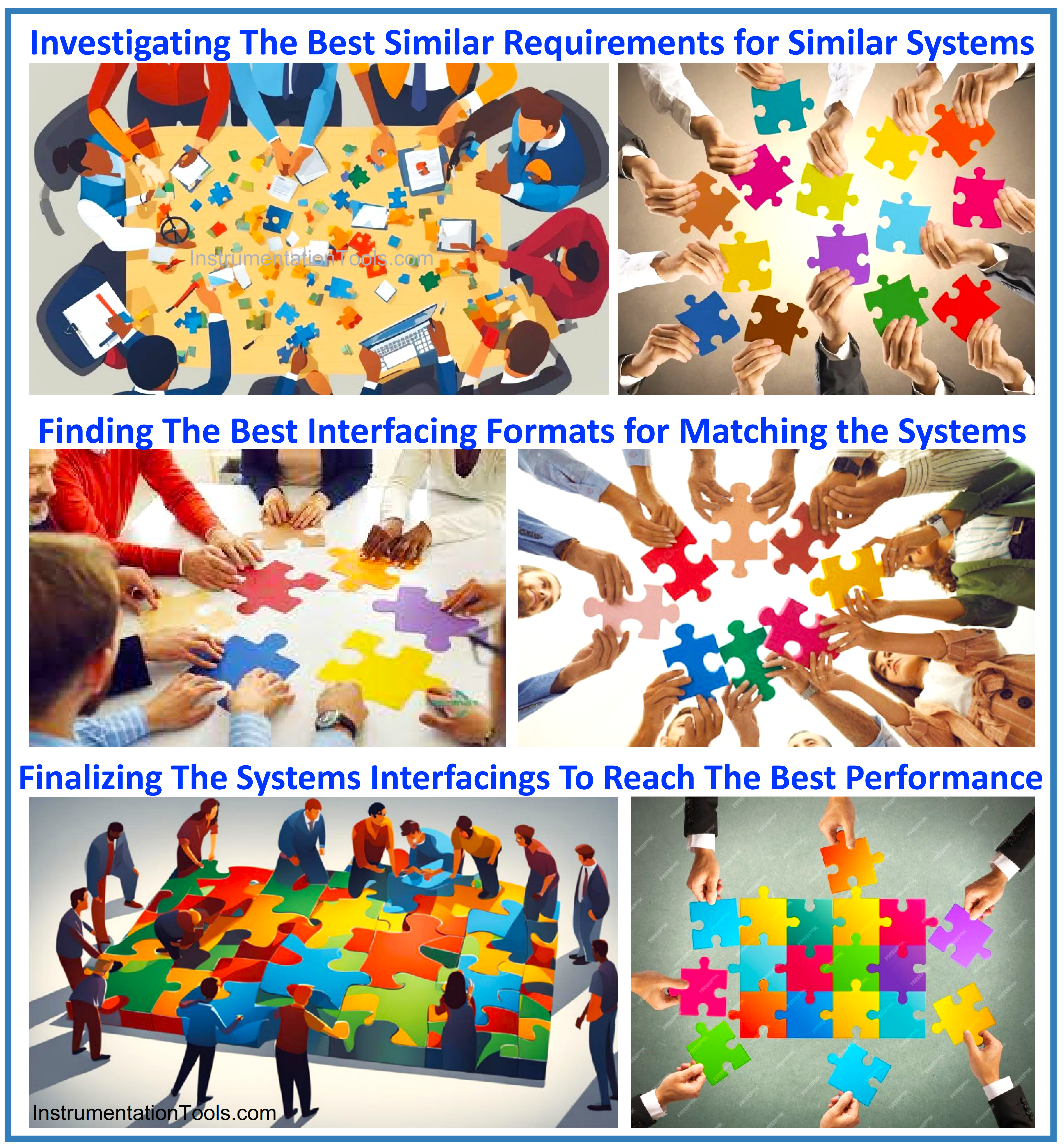
Figure-3: Sequence of Establishing Process Control Systems Philosophy
Of course, I&C Specialists shall have close coordination with other technical disciplines and also project management and stakeholders (especially for safety and operability facilities required for final process plant operation).
Also in parallel to establishing the Process Control Systems Philosophy, I&C-Team shall develop relevant documents accordingly.
Level of Regulations in Establishing Process Control Systems Philosophy
It is clear that as much as Expert Instrumentation and Control Specialists have enough experience and skills, and exact care with spending enough time, the final provided Process Control Systems Philosophy will be more complete and homogenous.
It is very important to notice that the complexity or simplicity of the systems inherently is not necessarily the advantage or disadvantage, but the art of I&C Specialists is providing suitable systems with enough complexity with maximum homogeneity.
In fact, although the more simple control system (while keeping the same functionality) may have good advantages, but in some cases I&C Specialists shall use some complexities to provide required targets or facilities of the subject system, while in homogenous approaches (i.e. easily understandable with clear routines) accordance to other systems used in the project.
Example for Understanding the Homogeneity Targets for Process Control Philosophy
The realistic detail study for different Process Control Systems Philosophies on homogeneity targets is not simple and to be reached by studying and investigating true cases and not possible in this article. However, just to be familiar with such a concept, we use one example here.
Consider that we have a set of some dry flowers and we want to make meaningful artistic traces. Of course, the output result will have a different level of meaning if we have 3 different concerns:
- Rapid Mixed (without or with minimum keeping rule or harmony),
- Quick Rules or Partially Sieve (while keeping some limited concerns),
- Complete Harmony or Intentional Mixed.
Figure-4 shows some possible outputs for the three mentioned cases. Clearly, case 3 will have more beauty and homogeneity. Please notice that this is an example in which cases 1 and 2 may have some beauty from an art view, but in the Process Control Systems Philosophy view for cases 1 and 2 the process plant will have great bad (physical and commercial) effects and so they are not accepted (or weakly accepted) in comparison to case 3.
The second part of Figure-4 represents that the level of complexity in final outputs is not the main concern if the components are combined with some (logical) assorts. In fact, in this example, we want to combine some fresh flowers to reach a good set or collection of results. As it is clear from Figure-4 if the component selection is done with the best care, the output assorted set can be acceptable (regardless of the number of components or differences between components).
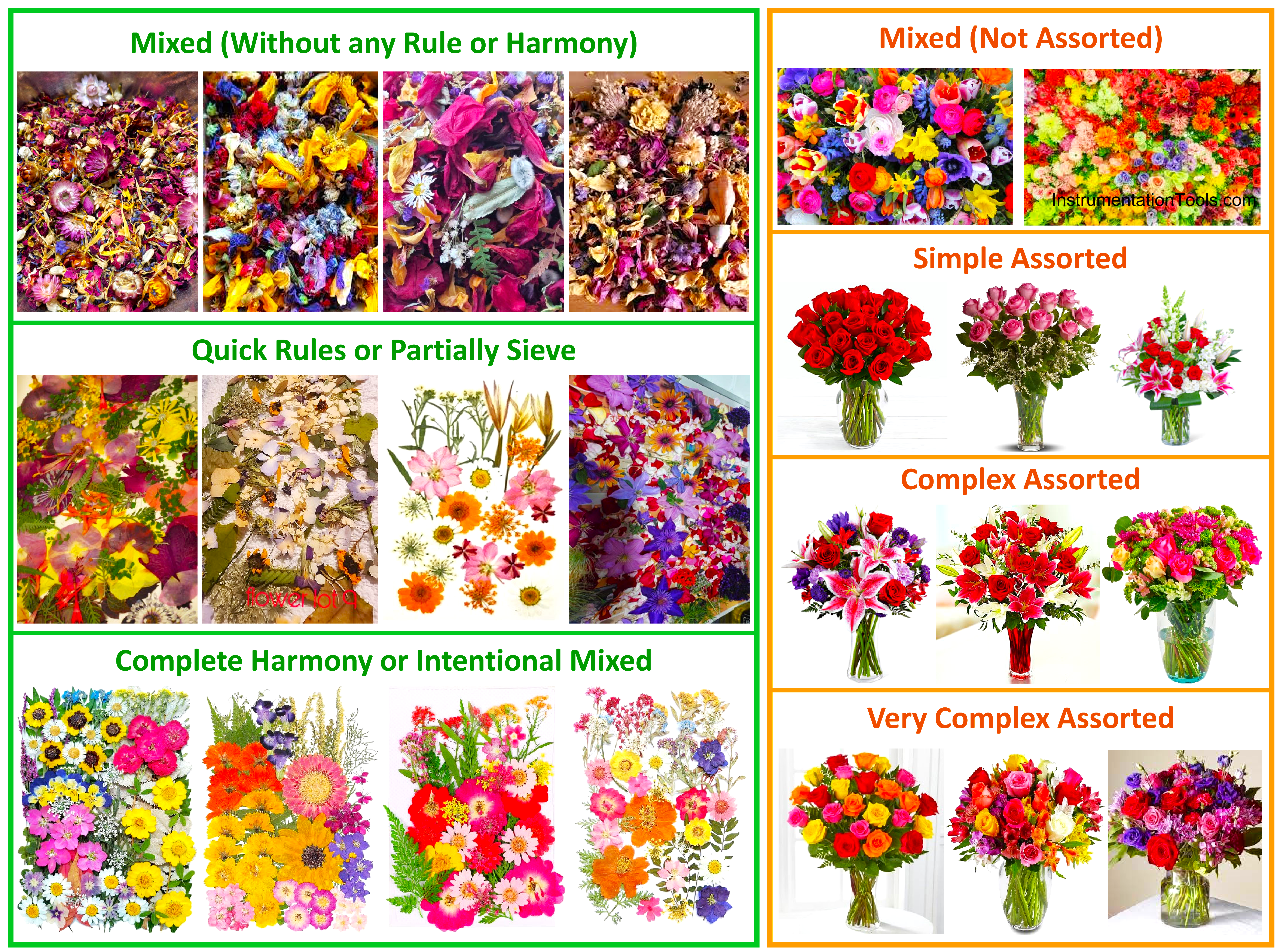
Figure-4: Examples of combining components by different levels of Rules/Harmony and assort.

Figure-5: Ideas for showing combining different components in unusual expected ways (Charles Avery Sculptures).
Again repeated that combining different components and elements by less (or without) logical rules may produce some artistic objects, but for real practical/ applicable/ usable physical items (such as those needed for Process Control Systems Philosophy) we shall follow complete legal rules and any weakness in such considerations may produce faults or problems in final results. See Figure-5 for finding artistic items that are not legal (or usual) in the real world.
The Roles of Process Control System Philosophy
As mentioned above, the Process Control Systems Philosophy has a critical role in developing I&C-Team Documents and doing their activities (in the right manner) during the Detail Design Engineering and Construction phases of the Industrial Process Plant Project.
However it also has a critical role during the Operation & Maintenance phase of the Industrial Process Plant Project, since by right knowing such concepts, the operators will be more familiar with the Process Facilities & Functionalities (and also weaknesses or inabilities) for controlling the plant or preventing any unsafe or bad actions.
Such understandings will have direct effects on Process Plant Operation Performances. On the other hand, the right understanding of the Process Control Systems Philosophy will help Maintenance (I&C) Engineers easily and quickly find the reasons for any faults or malfunctions so they can solve or troubleshoot the problems easily and quickly, or even provide some compensation actions for preventing probable problems.
However, if the plant owner decides on any Plant Upgrading, Revamping, partial modification, or even any form of extension/ expansion/ making a new additional plant, the Process Control systems Philosophy will be one of the essential items.
Again reminded that the level of completeness, and homogeneity (and I&C Documents Integrity) of Process Control Systems will have direct effects on all mentioned roles.
The Role of Process Control Systems Philosophy in Process Plant Upgrading or Revamping
Technology developments and making new and better facilities, is one of the main reason for need of Process Plant Upgrading. During the last years you may heard some news regarding many process plants that upgraded from pneumatic control systems, relay based systems, manual operated systems, and so on to newly digitally (electronic) systems or more automated systems.
By such upgrading, the process plant may have better performance (with more efficiency or more simple Operation & Maintenance). Figures 6 and 7 show some examples of such subjects. It is clear that for investigating the hardware ( IO’s) and plant operation functionality and changing them, understanding the Plant Control Systems Philosophy is critical.
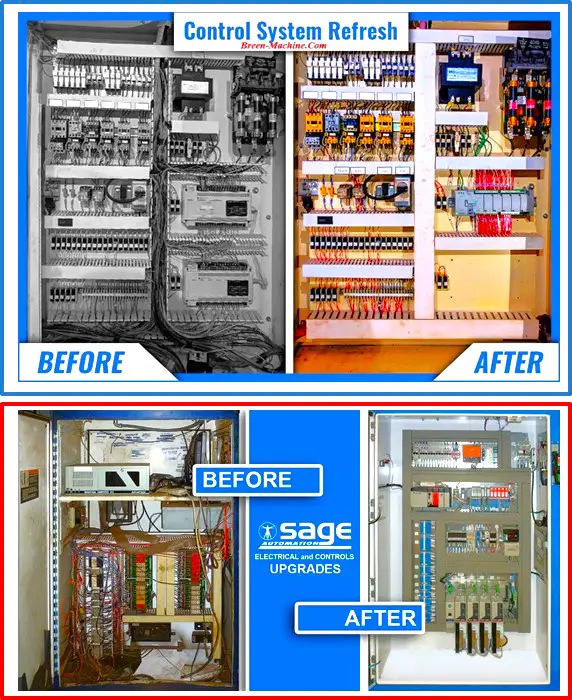
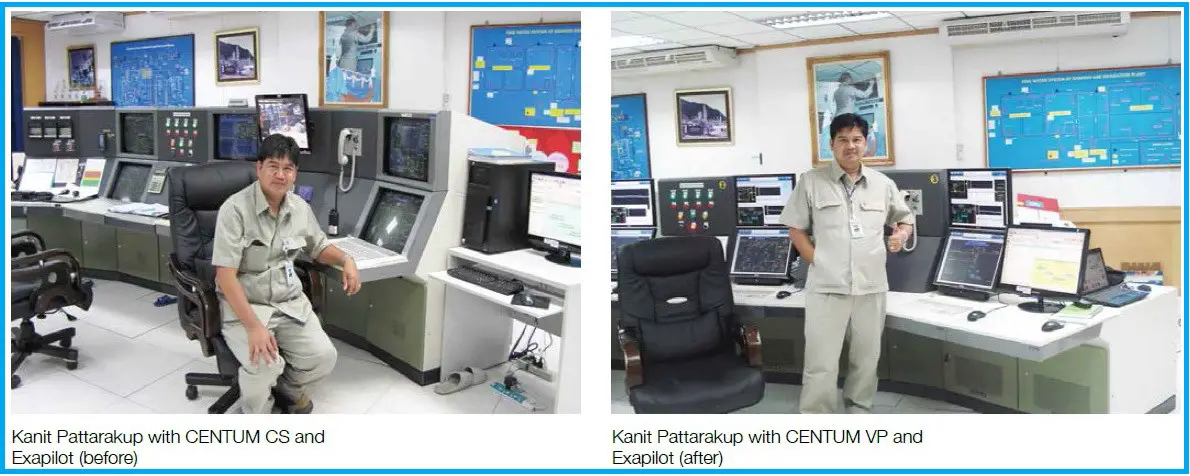
Figure-6: Examples of Process Plant Upgrading.
Image References: breen-machine, sagerobot, and ciosummits.
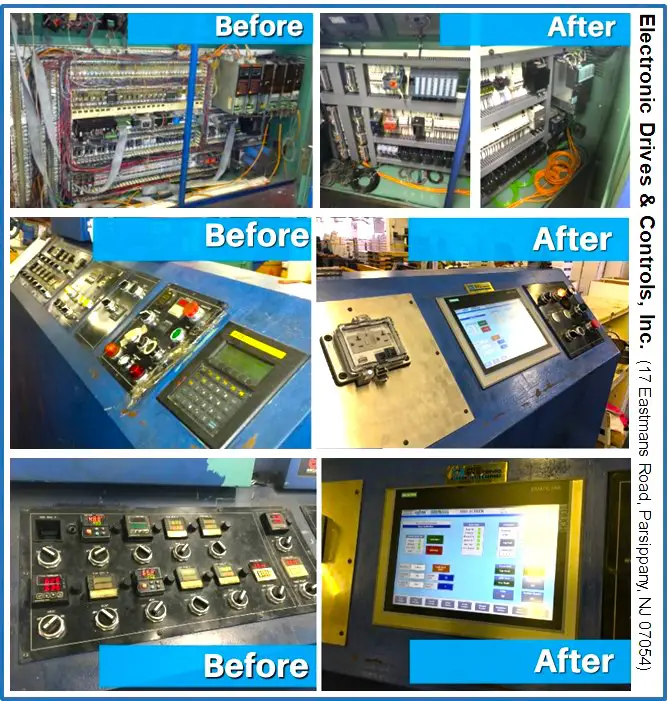
Figure-7: Example of Upgrading Process Control System for increasing automation (with less hardware and more functionality/ flexibility)
Figure-7 shows an example of a Process Control System in which hardwire (manual) switches are changed to HMI Graphic switches which makes easier operation and possibly more functional facilities. It is clear from the figure that the operation and maintenance of the new system is much better and easier than the previous one. Such modification is possible just with a clear understanding of the Process Control Systems Philosophy of previous plants and making some changes or modifications to reach the new one.
Completing the missed or weak documents of the Process Plant
Due to our investigation of Process Control Systems Philosophy (facilities and roles), it is clear that for completing missed or weak documents of a Process Plant we should (clearly) investigate it and then use it to make/produce missed items.
Process Control Systems Philosophy is the best phrase
Somebodies may use Process Control Philosophy, or even more summarized Control Philosophy, or (as said) Control Design Basis /Design Basis instead of Process Control Systems Philosophy but due to the mentioned definition, it is suggested to use complete text for any title or references.
Conclusion
We found that the Process Control Systems Philosophy is the core basis for producing I&C Team Documents and doing their activities during the Design and Construction phases of the Project, and it has great effects on Process Plant Operation Performances during the Operation and Maintenance phase of the Project.
Process Control Systems Philosophy is like a cloud environment which includes all project requirements and conditions with a central structure that will be finalized by I&C team Expert Specialists. Process Control Systems Philosophy is the essential item for completing process plant documentation and also any plant partial or total modifications (including upgrading or revamping).
Nowadays Process Plants are designed to have completely suitable facilities and the best Operation and Maintenance abilities for reaching the maximum Plant Operation Performances (see Figure-8). Such advantages can be achieved by providing a suitable complete Process Control Systems Philosophy.
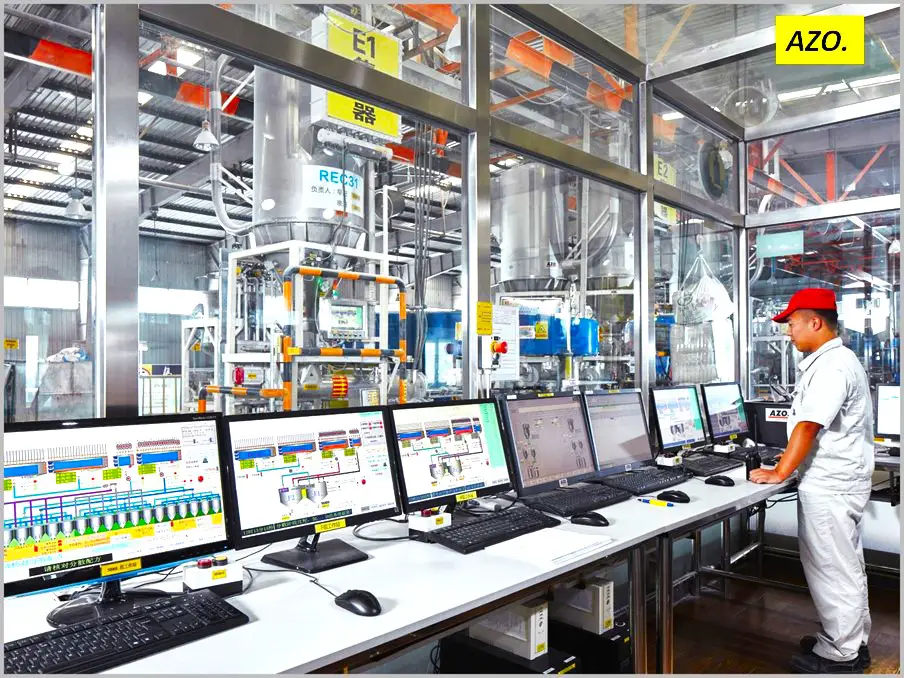
Figure-8: Example of the right use of Process Control Systems Philosophy for Design & Construction of Process Plant with Good Performances in Operation & Maintenance phase of project. Image Reference: azo-inc
References:
- Interactions With Process Control Systems Philosophy
- System architecture and process control systems philosophy
- 30 concerns for process control systems philosophy
- Instrumentation Design Engineer Roles & Responsibilities

